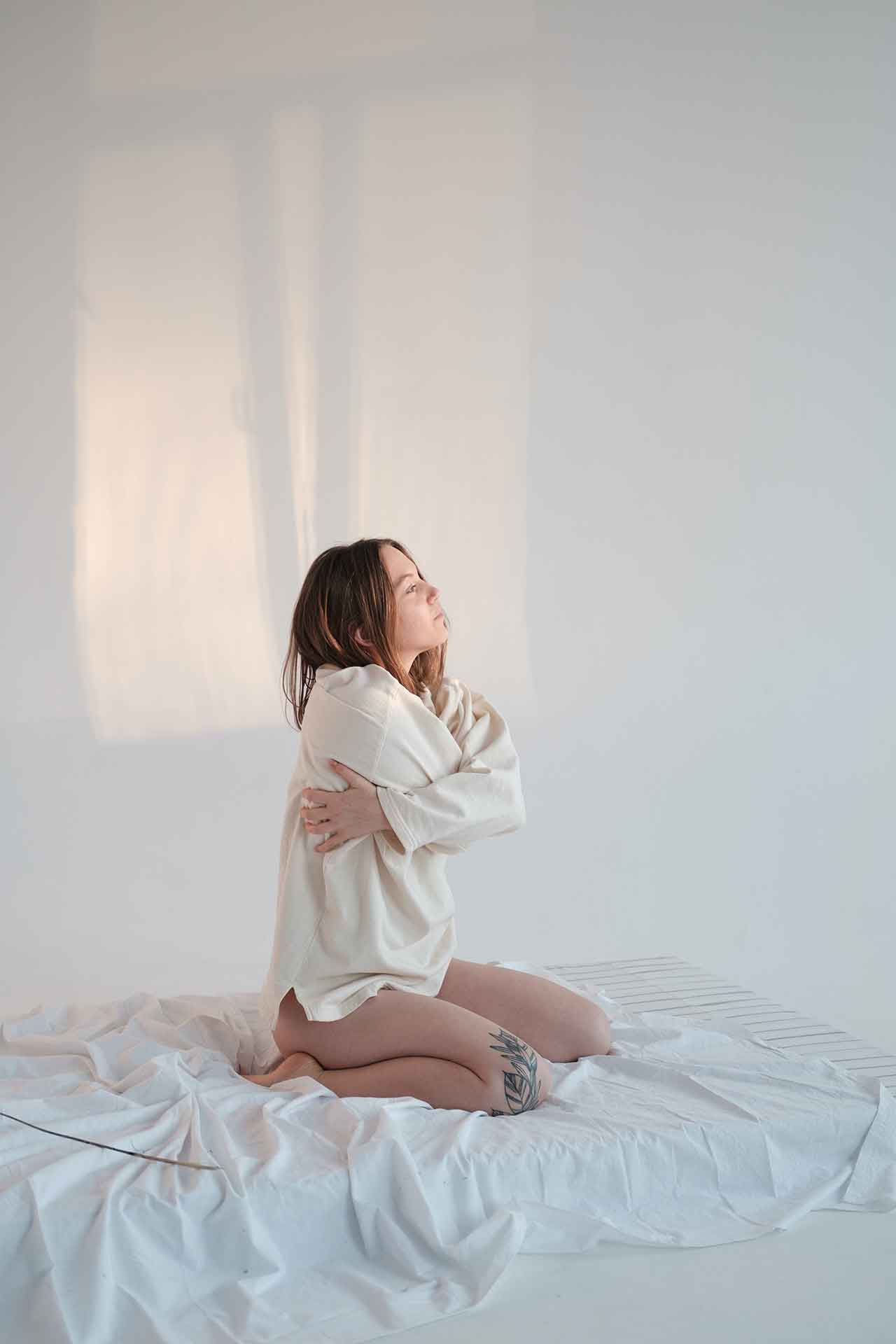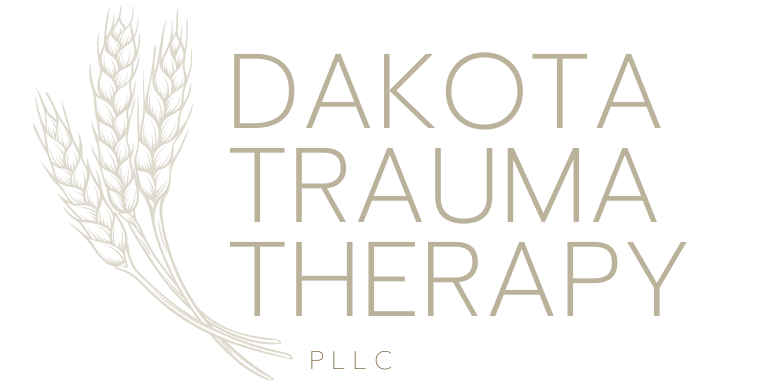Anxiety affects everyone at some time in their lives. It can impact us mentally, emotionally, intellectually, and physically, ranging from minor everyday frustrations to a protracted period of anxiety. (1)
Anxiety can cause a variety of responses, including mental and physical ones. Anger, despair, and anxiety are some of the emotional repercussions of anxiety. We all know that anxiety can cause our hearts to race and our heads to hurt, among other symptoms, but we seldom consider how it might affect our skin. The physical manifestations of stress vary as well, but they might show up as hives. (2)
Each person’s response to anxiety is different, and one of the responses can occur due to allergic reactions. In that case, you may spot anxiety hives on the skin.
If you suffer from panic attacks or have an anxiety disorder, such as generalized anxiety disorder (GAD), obsessive-compulsive disorder (OCD), post-traumatic stress disorder (PTSD), chronic anxiety, phobias, or other conditions, you may develop hives. (3)
Feeling anxious, stressing excessively, being unable to concentrate, or having trouble falling or staying asleep can all influence your potential to be relaxed.
Some people will break out in hives in response to their anxiety, which can be persistent and out of their control. Urticaria is the medical term for hives. Let us have a look at what anxiety hives are, what causes them, how to prevent them, and how to manage them when they do occur.
What are Anxiety Hives?
Anxiety can cause physical responses by increasing the release of particular chemicals in the body. Itchy skin or hives might emerge, and they can appear anywhere on the body. (4)
Hives are swollen, raised welts that most typically form on the skin as a consequence of an allergic reaction. Still, various other factors, including anxiety, can lead people to break out in hives. An itching outbreak on the skin known as anxiety hives might develop as a result of this.
Anxiety hives are itchy rashes caused by anxiety rather than foods or pharmaceuticals.
As per the research, high functioning anxiety amplifies the sympathetic nervous system’s stress response. (5) This reaction causes the body to release histamine, a neurotransmitter that the body normally produces in response to injury, inflammation, or an allergic reaction. An increase in histamine release can cause hives. (6)
Topical therapies or antihistamines may provide short-term relief, but long-term treatment entails anxiety management and stress reduction approaches. Anxiety hives can be treated and prevented by controlling anxiety. (7)

What is the link between anxiety and hives?
The relationship between hives and anxiety has yet to be shown, and researchers are still looking into it. However, it is for sure that mental stress may have a negative impact on the immune system (8) and that the body can respond to stressful situations by bursting out with itchy skin.
According to researchers, when a person is anxious, different types of hives appear.
Cholinergic urticaria is a skin condition that causes numerous hives surrounded by big red patches on the skin. Cholinergic hives are a form of hives that emerge when a person’s higher stress levels raise their body temperature. (9)
Another type of hive is dermatographia, which causes people to scratch their skin when anxious. Dermatographism is a benign skin disorder that affects many people. (10) When people with this condition scratch their skin, they get welts or a localized hive-like response. It can also happen when the skin is rubbed or put under pressure. The body may release histamine due to the persistent pressure on the skin, resulting in hives or welts on the body.
People with autoimmune diseases or allergies are more likely to break out in hives under stressful situations. This association might be because the nervous system and skin are both developed from the same embryological layer, but further research is needed to comprehend the connection fully. (11)
Are anxiety hives and skin rashes the same?
Hives and rashes on the skin are frequently confused. Both of these skin-related disorders, however, have subtle distinctions.
A skin rash is an inflammation-induced change in the coloration, texture, or appearance of your skin. Inflammation ensues when your body responds to an infection, an autoimmune disorder (such as psoriasis), or drugs that induce allergic responses.
A rash is a swollen or inflamed region of the skin. Itchy, red, unpleasant, and irritating rashes are frequent. Some rashes might result in blisters or bare skin areas. Rashes can be a sign of a variety of medical conditions.
Hives, also known as urticaria, are a form of skin rash that develops when your immune system reacts to an allergen by releasing the chemical histamine. Hives have a distinct look from other skin rashes, and they generally have an identifiable pattern.
What do anxiety hives look like?
Anxiety hives can appear anywhere on the body, although they commonly appear on the face, neck, chest, or arms.
Anxiety hives are characterized by swollen lumps referred to as welts or wheals. These bumps can irritate the skin and produce redness. On dark skin, though, this redness may be difficult to see. The bumps on darker skin may seem skin-colored or hint of redness.
Hives can range in size from little spots to enormous welts, and they can appear in groups. They may itch or make you feel like you have been bitten by mosquitos, with a burning or tingling feeling.
Some hives may vanish just to be replaced by new ones a few hours later. A single hive usually vanishes in 24 hours or less, and a new hive emerges at a different area as the previous one fades away.

Where do anxiety hives usually appear?
Hives and stress rashes can appear everywhere on the body, although they are most common on the face, arms, hands, back, legs, and toes.
Anxiety hives are not contagious, but they can be an indication of a dangerous condition called angioedema, which occurs when inflammation penetrates your skin’s deeper layers. (12)
Angioedema can sometimes develop without the presence of hives. It causes welts to emerge on the body within minutes or hours, and swelling generally affects the eyes, cheeks, or lips and may also cause pain in these body parts.
If an individual’s angioedema is severe, they should seek medical help. If a person’s throat or tongue swells to the extent that it blocks their airway, it can be life-threatening.
Mental implications of anxiety hives
Due to anxiety hives’ symptoms or appearance, people may experience increased anxiety and embarrassment. Since skin problems are so noticeable to others, it is not unusual that individuals who suffer from them may experience humiliation and emotional distress. (13) That is on top of the physical discomfort that anxiety hives may inflict.
Although some may try to conceal the hives with cosmetics, lotions, or tight clothes, this might make the hives worse. Anxiety hives normally go away in 24 hours, and antihistamines or topical therapies can help relieve the hives and other unpleasant symptoms.
Aside from that, it is critical to concentrate on the main cause of anxiety hives, which is anxiety. Consider various coping skills for anxiety that can assist you in overcoming your emotional suffering. Furthermore, anxiety-relieving tools such as anxiety bracelets or fidget toys for anxiety might help you feel less apprehensive and insecure by diverting attention.
How to identify anxiety hives?
Anxiety hives are frequently mistaken for skin rashes caused by food allergies or other factors. Before assuming anxiety is to blame for hives, have a look at your recent few days to seek potential explanations.
Consider looking for probable causes of rashes and trying to exclude all other possible reasons to determine whether the hives are caused by anxiety or anything else.
It might be anxiety hives if individuals have ruled out all other possibilities and find a rash develops in response to high levels of anxiety or stress.
Other factors that can cause a rash include food or medication allergies, allergic contact dermatitis (a reaction to ingredients in topical lotions, makeup, bathing products, jewelry, or laundry detergent). (14) Moreover, poison ivy contact, diseases such as measles or chickenpox, and skin conditions such as eczema or psoriasis may also cause hives and rashes. (15)
If none of these conditions apply, then chances are your hives are due to anxiety. Women in their 30s and 40s who have already experienced hives for another cause are the most vulnerable to anxiety hives. (16)
Symptoms of anxiety hives
People who suffer from anxiety hives have a wide range of physical and psychological symptoms, most of which are physical.
The physical signs of anxiety hives include a rash that feels itchy or irritating, tiny lumps or papules on the skin, and raised welts.
Along with rash symptoms, individuals with anxiety hives may be enduring elevated levels of anxiety or stress, with symptoms such as fear or dread in unintimidating circumstances, restlessness or irritability, expecting the worst, being on the lookout for any indicators of danger, and being pessimistic.
Other typical signs and symptoms include a racing or pounding heart, shortness of breath, increased perspiration, headaches, exhaustion, sleeplessness, and an upset stomach or digestive problems.
Getting professional help is always recommended if the symptoms are recurrent and severe.
Causes of anxiety hives
Anxiety can cause a sympathetic nervous system response, which results in histamine release. Histamine is a molecule that the body produces in response to injuries, allergies, and inflammatory responses, but anxiety may also trigger it. (17)
Anyone who suffers from anxiety may get anxiety hives. A variety of factors can cause anxiety. Anxiety may be a symptom of a range of mental illnesses. Anxiety can also be hereditary; studies show that those who have relatives with anxiety disorders are more likely to develop anxiety themselves. (18)
Environmental factors also play a key role in inducing anxiety. Stressful life events, trauma, sorrow, or abuse can also trigger anxiety.
How long do anxiety hives last?
A single anxiety hive normally disappears after 24 hours, and another one may appear replacing the previous one. Topical treatments can help relieve hives and other unpleasant symptoms. In certain circumstances, it may take more than one day.
An outbreak of hives, or multiple hives, lasts roughly six weeks and is referred to as acute hives. Anxiety hives can appear and disappear for weeks or months at a time. Chronic urticaria is defined as hives that continue longer than six weeks.
It is important not to scratch a rash for it to recover without leaving scars.
If your anxiety hives linger more than a few days, go to your doctor to find out the reasons and whether you need more intensive treatment.

How to prevent anxiety hives?
If you experience a break out of anxiety hives, this is your body’s stress reaction, which means you need to figure out what is causing your anxiety and how to reduce your stress levels.
You may control chronic hive breakouts, but based on the individual, it might be difficult to anticipate when they will occur because they can occur in waves without warning.
It is crucial to recognize your stress triggers and develop strategies to handle them in order to avoid anxiety hives. There are several ways to prevent anxiety hives; some of the most effective strategies are as follows:
Keep a diary
Keeping a diary to chronicle how you are feeling and any current circumstances in your life will be helpful. (19) After analyzing your diary record, you can categorize the external stresses you experience and separate them from your internal ones.
It is important to understand what external and internal stressors are.
External stressors:
- The environment can be one of the major external stressors, which refers to what we acquire from our surroundings. We can be subjected to excessive noise levels, excessively bright or dark rooms, and other environmental influences that can impact our mental well-being in various ways.
- Unexpected Incidents are yet another prominent stressor. These could be anything unpredictable such as unexpected guests showing up at your door or confronting a rent hike, wage reduction, a setback in business, an accident, etc.
- Many major life changes can impact us negatively and cause excessive stress like marriage or divorce, having a child, dealing with the death of a loved one, shifting to a new place, etc.
Internal stressors
Internal tensions can also cause hives and other stress-related physical responses.
- Fear of any aspect of your life is a major stressor. Making a list of your concerns and concentrating on overcoming them can help. Therapy can help you redefine how you think about things and react to them.
- Attitudes, expectations, and ideas, which are all distinctive to you and define your life experiences, all play a part in stress induction. Evaluating these can be necessary for effective stress management.
Lifestyle changes
A variety of lifestyle adjustments and coping mechanisms might be beneficial. Your stress response can be aided by eating a good and balanced diet, exercising frequently, and meditating regularly. (20)
Sleep Schedule
Getting enough sleep is vital; thus, going to bed early is one of the healthiest strategies to avoid stress and the consequences. Feeling rested might provide us with the insight we need to deal with stress effectively or recognize when to take a break and recharge. (21) Lack of sleep can cause physical, emotional, and mental exhaustion, leading to increased stress. More stress can lead to more hive breakouts, and when someone is not sleeping properly, itching and soreness might worsen.
Be optimistic about your situation.
Negative thoughts can trigger anxiety. Recognizing the negative ideas and challenging them might help you exchange them with more reasonable and healthy emotions.
Consider what you can do to improve a circumstance in your life that brings you a lot of anxiety; this may entail assigning certain responsibilities to others, limiting your responsibilities, or establishing boundaries with others.
Treatment for anxiety hives
One of the most effective treatments for anxiety hives is anxiety management. Anxiety may be managed using a variety of therapeutic approaches.
The most researched type of psychotherapy for anxiety problems is cognitive-behavioral therapy (CBT). It aids in developing methods for changing anxiety-inducing mental patterns, attitudes, and actions. Exposure-response prevention (CRP) is a method of psychotherapy used to treat anxiety disorders, including phobias and social anxiety. It brings attention to the source of anxiety to learn coping techniques. (22)
In addition, anti-anxiety medications are often used with psychotherapies, which can assist with anxiety’s mental and physical symptoms.
Topical therapies are frequently recommended for minimizing the hives and discomfort caused by them. Antihistamines can control hives by inhibiting the body’s histamine reaction, which can help prevent new hives from developing. (23) Itching can also be relieved by applying topical steroids like hydrocortisone to that particular area. (24)

Conclusion
Anxiety is a typical occurrence in life that can cause several physical and mental symptoms. Anxiety can show up in various ways, including on your skin in the form of anxiety hives.
When anxiety hives are diagnosed, you can take measures to avoid them in the future. Practicing stress-reduction strategies such as mindfulness, exercise, and lifestyle changes can benefit. In the short term, antihistamines and other over-the-counter drugs can help you feel better rapidly.
If you struggle with anxiety hives more often, the simplest option to deal with them is to alleviate your anxiety. Consulting a healthcare practitioner is a good choice to know about treatment options, which might include medication, psychotherapy, or both.

